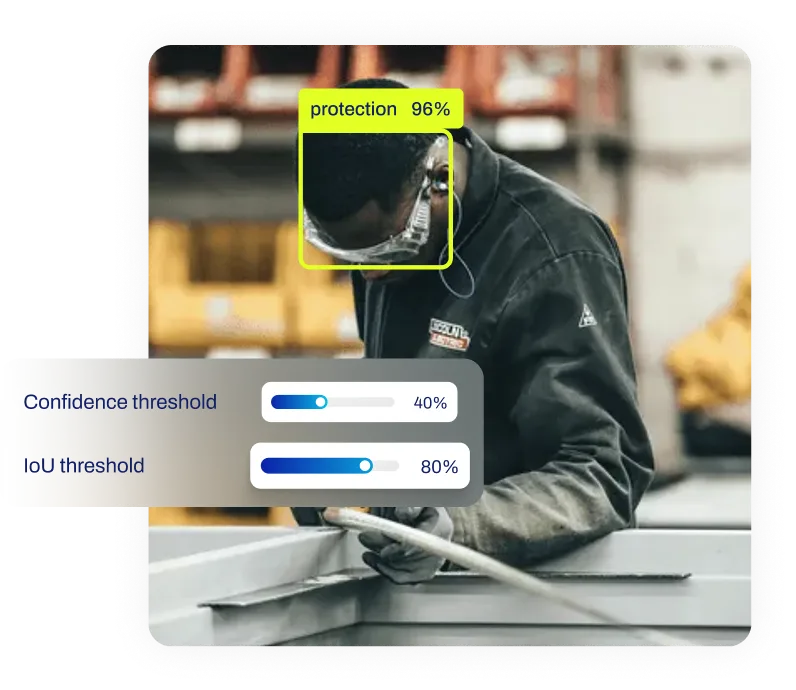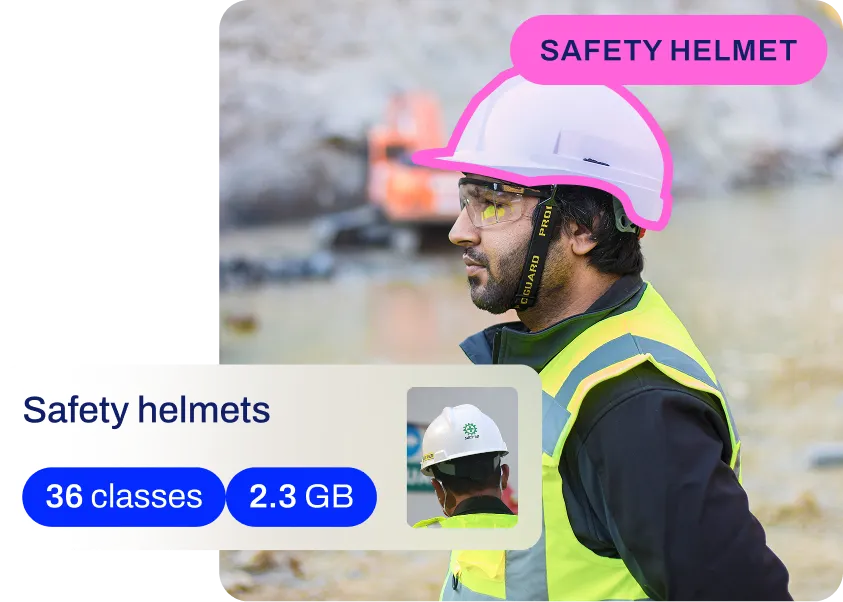Principal Component Analysis (PCA)
Simplify high-dimensional data with Principal Component Analysis (PCA). Enhance AI, ML models, and data visualization efficiency today!
Principal Component Analysis (PCA) is a foundational linear
dimensionality reduction technique widely
used in statistics, data science, and
machine learning (ML). Its primary objective is
to simplify complex high-dimensional datasets while retaining the most significant information. By mathematically
transforming the original set of correlated variables into a smaller set of uncorrelated variables known as
"principal components," PCA enables data scientists to reduce noise, improve computational efficiency, and
facilitate easier data visualization without
sacrificing critical patterns contained in the data.
How Principal Component Analysis Works
The mechanism of PCA relies on concepts from
linear algebra to identify the directions (principal
components) along which the data varies the most. The first principal component captures the maximum variance in the
dataset, effectively representing the most dominant trend. Each subsequent component captures the remaining variance
in decreasing order, subject to the constraint that it must be orthogonal (uncorrelated) to the preceding ones. This
transformation is often calculated using the
covariance matrix and its corresponding
eigenvectors and eigenvalues.
By keeping only the top few components, practitioners can project
high-dimensional data into a lower-dimensional
space—usually 2D or 3D. This process is a critical step in
data preprocessing to mitigate the
curse of dimensionality, where models struggle to
generalize due to the sparsity of data in high-dimensional spaces. This reduction helps prevent
overfitting and speeds up
model training.
Real-World Applications in AI and ML
PCA is utilized across a broad spectrum of
Artificial Intelligence (AI) domains to
optimize performance and interpretability.
-
Facial Recognition and Compression: In the field of
computer vision (CV), PCA historically played
a key role in facial recognition through a
method known as "Eigenfaces." Images are treated as high-dimensional vectors, and PCA extracts the
fundamental features (components) that distinguish one face from another. This allows systems to store and compare
faces using a compact representation rather than raw pixel data, significantly improving speed.
-
Genomics and Bioinformatics: Researchers in bioinformatics deal with datasets containing thousands
of gene expression levels for each sample. PCA allows them to perform
exploratory data analysis (EDA) by reducing
these thousands of dimensions into a 2D scatter plot. This visualization can reveal clusters of samples with similar
genetic profiles, aiding in the discovery of disease subtypes or
anomaly detection.
Integration with Modern Computer Vision
While modern deep learning architectures like
Convolutional Neural Networks (CNNs)
perform internal feature extraction, PCA remains
highly relevant for analyzing the learned representations. For example, users working with
YOLO11 might extract the feature
embeddings from the model's backbone to understand how
well the model separates different classes.
The following example demonstrates how to apply PCA to reduce high-dimensional feature vectors using the popular
Scikit-learn library, a
common step before visualizing embeddings.
import numpy as np
from sklearn.decomposition import PCA
# Simulate high-dimensional features (e.g., embeddings from a YOLO11 model)
# Shape: (100 samples, 512 features)
features = np.random.rand(100, 512)
# Initialize PCA to reduce data to 2 dimensions for visualization
pca = PCA(n_components=2)
# Fit the model and transform the features
reduced_features = pca.fit_transform(features)
# The data is now (100, 2), ready for plotting
print(f"Original shape: {features.shape}")
print(f"Reduced shape: {reduced_features.shape}")
PCA vs. Related Techniques
It is helpful to distinguish PCA from other dimensionality reduction and feature learning methods found in
unsupervised learning:
-
t-SNE (t-Distributed Stochastic Neighbor Embedding): Unlike PCA, which is a linear technique focused on preserving global variance, t-SNE is non-linear and excels at
preserving local neighborhood structures. This makes t-SNE superior for visualizing clusters but less suitable for
data compression or reconstruction.
-
Autoencoders: These are neural network-based models that learn to compress and reconstruct data. Autoencoders can capture
complex non-linear relationships that PCA misses, but they require significantly more data and computational
resources to train.
-
Feature Selection: While PCA creates new features (components) that are combinations of the original variables, feature
selection involves choosing a subset of the original features and discarding the rest. PCA is often
preferred when all original features contribute some valuable information.










.webp)